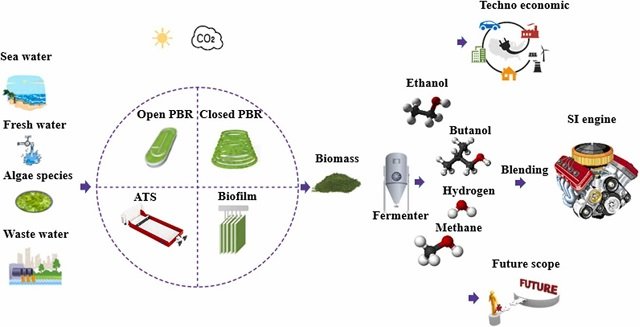
Eicosapentaenoic (EPA) and docosahexaenoic (DHA) levels in salmon fillets have decreased due to the progressive substitution of fish oil with oils of vegetable origin.
An alternative is to include algal oil in salmon diets to restore EPA and DHA levels.
Researchers from DSM Nutritional Products France, the Norwegian University of Science and Technology, the Institute of Marine Research and Veramaris V.O.F documented the suitability of algal oil as an alternative ingredient in salmon feed throughout the production cycle , from post-smolt to a harvest weight of 3 kg, maintaining the level of EPA and DHA in the fish fillets, without affecting the zootechnical performance and sensory characteristics.
Fatty acid profile and muscle quality of salmon
According to the results of the study, there is a positive correlation between the gradual increase in the levels of EPA + DHA in the diet, and the muscle content of these fatty acids in two experiments carried out.
“When the EPA + DHA content in the diet was higher than in the control diet (10% fish oil), a concomitant increase in fish muscle was observed,” they report.
The highest levels of EPA and DHA deposition recorded in this algal oil-driven study may help human consumers achieve minimum recommended intake levels, according to the study reports. advice from national health authorities, and contribute positively to a healthier human population.
“The use of algal oil also minimizes the dependence on marine resources, therefore improving the sustainability of aquafeeds”, they highlighted.
Color, sensory characteristics and astaxanthin content
The study describes that there was no difference in most sensory attributes between the three experimental groups. “The only appearance/color attribute with a significant difference between the groups was whiteness,” they noted.
Stay Always Informed
Join our communities to instantly receive the most important news, reports, and analysis from the aquaculture industry.
According to the researchers: “All the sensory quality parameters of the fish fillets recorded in the present study, such as those related to smell, flavor, taste and consistency, showed similar results between the experimental groups.”
They further report that “the overlap of sensory characteristics of the three dietary groups clearly reflects the results of the statistical analysis, suggesting that there is no difference between the muscle quality of Atlantic salmon fed the different diets.”
According to the researchers, the results of the study confirm, in Atlantic salmon, that the inclusion of algae oil does not have adverse effects on the performance of all stages of the life cycle evaluated, in addition to improving the fatty acid profile. salmon muscle.
In addition, restoring LC-PUFA levels in salmon feeds benefits not only the nutritional quality of fish fillets, but also the health, welfare, and product quality of salmon when cage-reared at sea.
Conclusion
“The results obtained in this study confirm the use of algal oil as an efficient source of omega-3 LC-PUFA throughout the production cycle for the partial and total replacement of fish oil,” they conclude.
They highlight that both feeding strategies did not show differences in zootechnical performance compared to the control treatment (fish oil).
They also highlight that the use of a high level of LC-PUFA in the diet improves the EPA and DHA profile of the muscle, therefore contributing to reaching the recommendations for the minimum consumption of these omega-3 LC-PUFAs.
Contact
Ester Santigosa
DSM Nutritional Products France,
Research Centre for Animal Nutrition & Health,
Saint-Louis Cedex BP1970, France.
Email: ester.santigosa@dsm.com
Reference (open access):
Santigosa, E., Olsen, R. E., Madaro, A., Trichet, V. V., & Carr, I. (2023). Algal oil gives control of long-chain omega-3 levels in full-cycle production of Atlantic salmon, without detriment to zootechnical performance and sensory characteristics. Journal of the World Aquaculture Society, 1– 21. https://doi.org/10.1111/jwas.12947
Editor at the digital magazine AquaHoy. He holds a degree in Aquaculture Biology from the National University of Santa (UNS) and a Master’s degree in Science and Innovation Management from the Polytechnic University of Valencia, with postgraduate diplomas in Business Innovation and Innovation Management. He possesses extensive experience in the aquaculture and fisheries sector, having led the Fisheries Innovation Unit of the National Program for Innovation in Fisheries and Aquaculture (PNIPA). He has served as a senior consultant in technology watch, an innovation project formulator and advisor, and a lecturer at UNS. He is a member of the Peruvian College of Biologists and was recognized by the World Aquaculture Society (WAS) in 2016 for his contribution to aquaculture.




